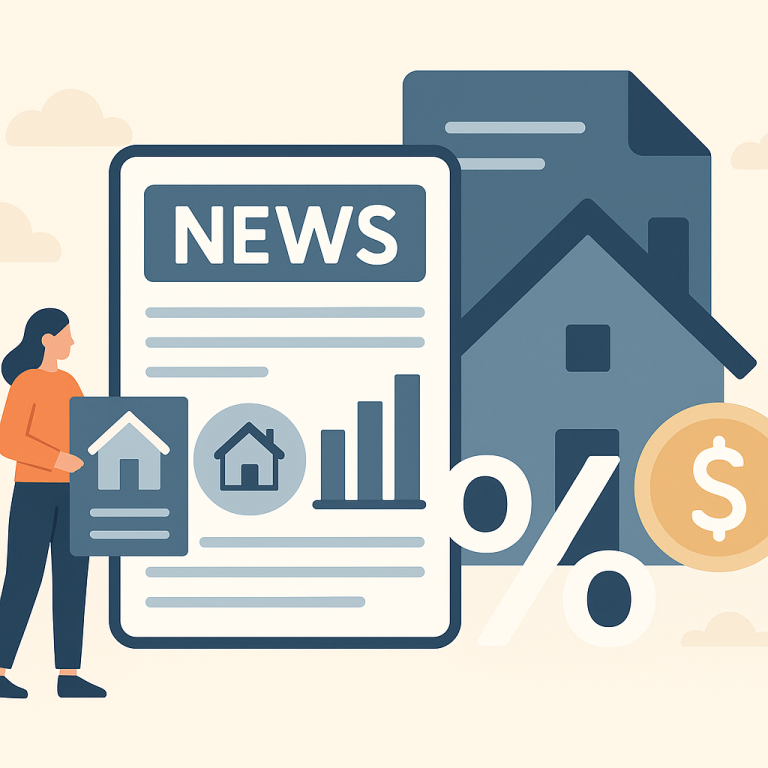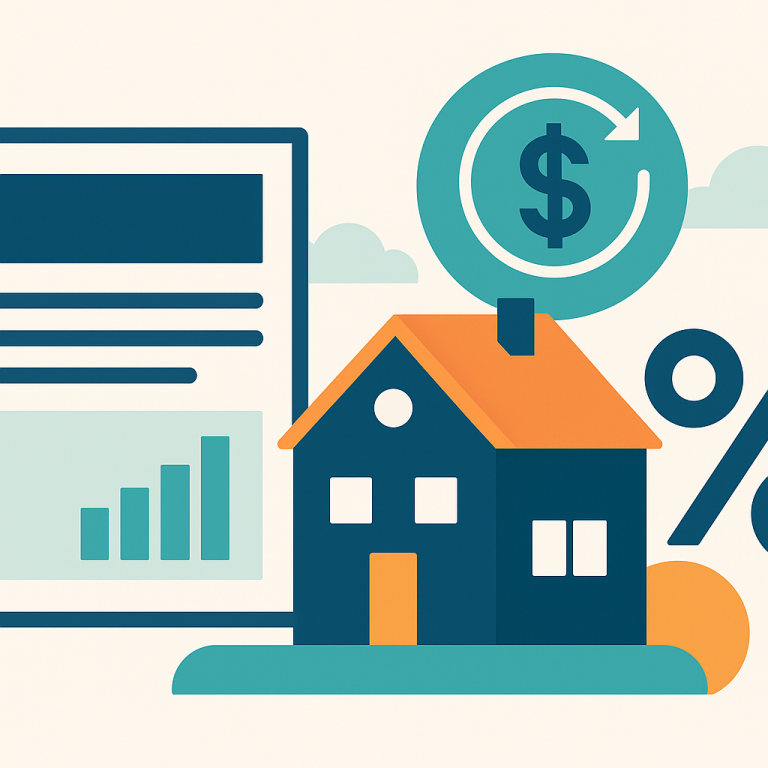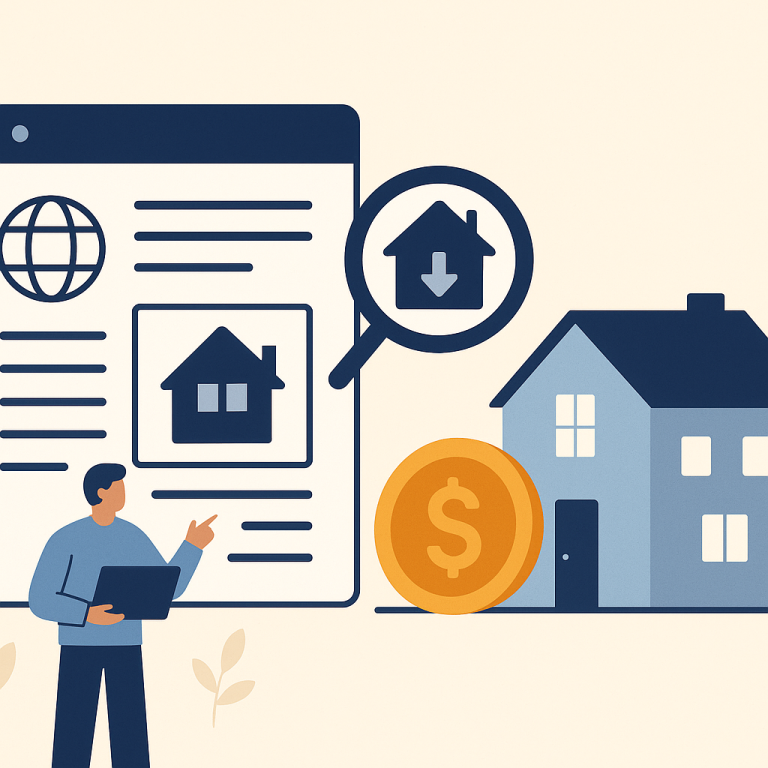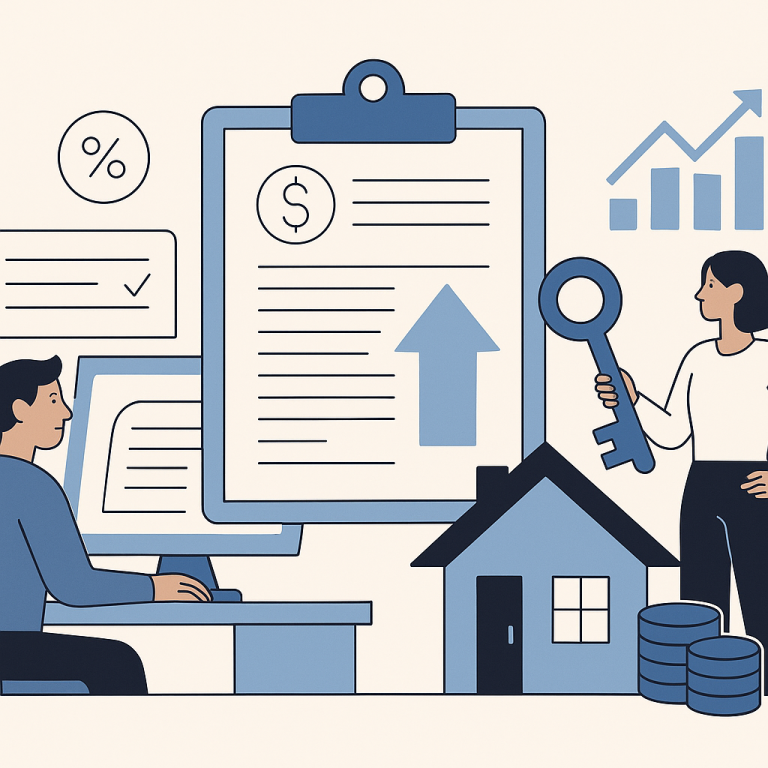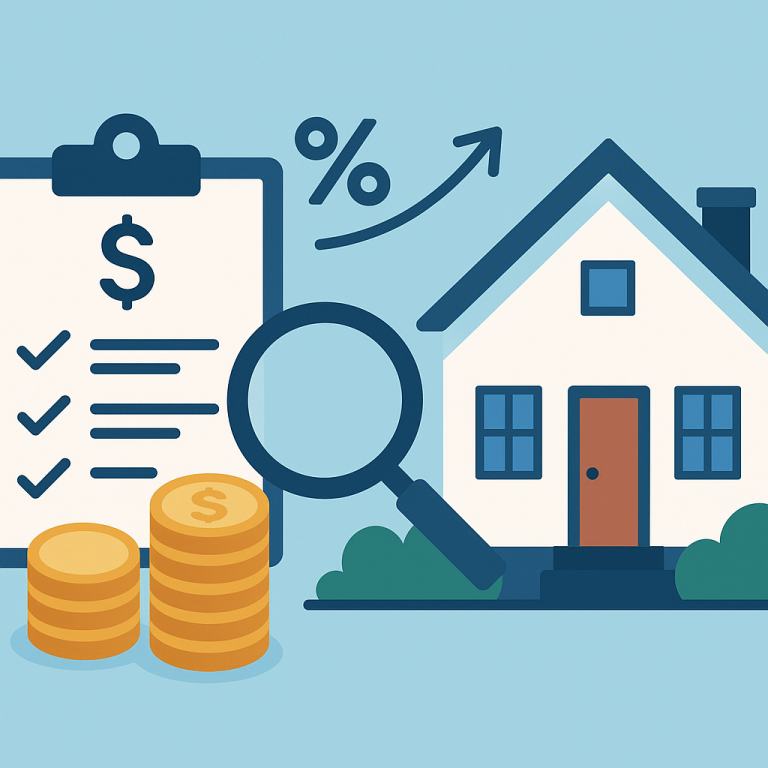Major Lender Cuts Mortgage Refinancing Fees $500, Easing Borrower Costs
At a glance: Lower refinance fees and closing costs and how it could affect refinancing decisions.
Lenders have cut refinance origination fees, reducing closing costs and shortening breakeven timelines for many borrowers.
What Lower Refinance Fees Mean for Borrowers
Many homeowners who built meaningful equity during recent market cycles are increasingly weighing refinancing to a shorter-term fixed mortgage. The strategy focuses less on minimizing monthly payments and more on accelerating principal repayment, cutting total interest paid over the life of the loan, and reaching full ownership sooner.
Why the shift matters
Refinancing to a shorter term changes the balance of a mortgage: more of each payment goes to principal rather than interest. For homeowners with sizeable equity and stable income, that reallocation can substantially reduce lifetime borrowing costs and build net worth faster. Lenders now offer a variety of term options and underwriting tools that make this pathway attainable for borrowers who qualify.
Who should consider a term-shortening refinance
- Homeowners with meaningful equity who plan to stay in their home for several more years.
- Borrowers with steady income and credit profiles that can secure competitive pricing.
- Those prioritizing long-term savings over immediate monthly cash flow.
- Borrowers close to retirement who want to reduce or eliminate monthly mortgage obligations before or during retirement.
How to evaluate whether it makes sense
- Calculate the break-even horizon: compare the upfront closing costs to monthly interest savings and estimate how long until the refinance pays for itself.
- Compare APRs and not just the nominal rate; APR reflects fees rolled into the loan and provides a more accurate cost comparison.
- Obtain multiple lender quotes to understand the market range and to spot any outlier fees or pricing.
- Model payment scenarios for different terms to assess the impact on monthly budget and total interest paid.
- Check eligibility factors: credit score, debt-to-income ratio, and the amount of available equity can affect offer quality and approval odds.
Costs, trade-offs and alternatives
Shortening the loan term typically raises monthly payments compared with extending the same principal over a longer period. Closing costs can offset initial savings, which is why the break-even analysis is central. Homeowners who need to lower monthly payments instead of shortening the term may prefer a rate-and-term refinance with a similar or extended term, or explore governmental mortgage assistance if eligible. Cash-out refinancing remains an alternative for those needing liquidity, but it changes the equity position and may not align with the goal of accelerating payoff.
Practical steps to proceed
- Gather current loan documents and recent pay stubs to streamline lender applications.
- Request Loan Estimates from several lenders to compare fees and projected costs.
- Ask for amortization schedules for the new terms you’re considering so you can see principal versus interest over time.
- Factor tax considerations and speak with a tax advisor if uncertain how changes may affect itemized deductions.
Homeowner takeaways
- Refinancing to a shorter term can meaningfully reduce lifetime interest and accelerate equity building for owners who plan to remain in their homes.
- Success depends on a careful comparison of fees, APRs, and the expected time you will hold the new loan.
- Obtain multiple competitive quotes and model payment scenarios before committing.
For homeowners focused on long-term financial security, a term-shortening refinance can be a disciplined way to trade higher monthly payments today for lower total borrowing costs and earlier mortgage freedom.
META: refinancing-term-shortening-takeaways


